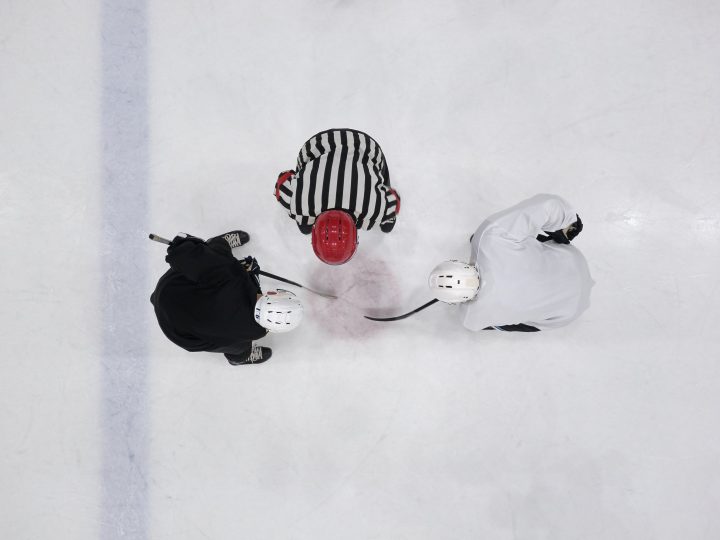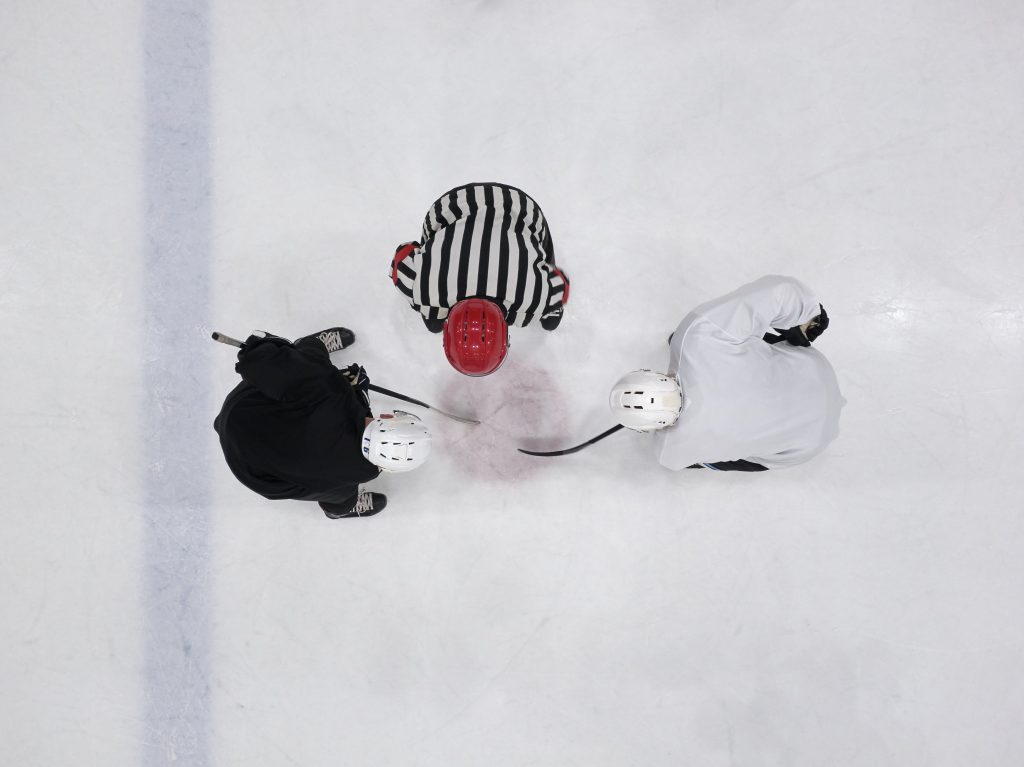

In 2017, the National Hockey League (NHL) launched its “Hockey is for Everyone” initiative, seeking to promote diversity and inclusion for all who partake in or otherwise enjoy the sport of hockey. Backed by the You Can Play Project—a project whose mission it is to ensure the safety and inclusion of LGBTQIA+ individuals involved with sports—it is clear that the NHL wanted to send a message that hockey is for all LGBTQIA+ players, staff, and fans alike. Since the conception of this initiative, many NHL teams have adopted and embraced “Pride Nights” to celebrate and support this community. Organisations would vocalise their support for the community and players would typically wear special Pride jerseys, use Pride Tape on their sticks, and otherwise demonstrate their support before games, including during pregame warmups. Six years after the initiative’s launch, however, the actions of the then-Philadelphia Flyers defenceman Ivan Provorov would set off a chain of events that would confirm that hockey is not, has not been, and will never be, for everyone.
In January of this year, the Flyers were set to host their annual Pride Night, which was accompanied by special Pride jerseys to be worn by players during the pregame warmup. The vast majority of Flyers players donned the jerseys and took part in warmup—all but one player, Provorov. Provorov refused to wear the Pride jersey and sat out of warmups, citing his religious beliefs. While this was disappointing to see, it was Provorov’s right to choose to wear the jersey or not, after all. In the weeks following the Flyers’ Pride Night, other players followed Provorov’s lead. James Reimer, brothers Eric and Marc Staal, Ilya Lyubushkin, Denis Gurianov, and Andrei Kuzmenko all refused to wear Pride jerseys for their respective teams’ Pride Nights. Shortly thereafter, a number of organisations followed suit. The Chicago Blackhawks, New York Rangers, and Minnesota Wild all decided against their players wearing Pride jerseys, with the Rangers and Wild opting out after having previously advertised that players would wear them. Although some teams opted out of having Pride jerseys, it should be noted that no teams cancelled their Pride Nights altogether. In fact, I attended the Buffalo Sabres’ Pride Night where I even received a Pride puck signed by forward Dylan Cozens. It was a fun night, and it was nice to see widespread support for the LGBTQIA+ community.
In June of this year, however, things took a turn for the worse as NHL Commissioner Gary Bettman announced that all themed warm up jerseys would no longer be allowed. This ban not only includes Pride jerseys, but jerseys for other initiatives such as “Hockey Fights Cancer” as well as Military Appreciation Nights and more. While another extremely disappointing decision, this one coming from the League at large as opposed to individual players and organisations, surely things could not get any worse, right? Well, unfortunately, things did get worse—much worse.
Earlier this month, the NHL outright banned Pride Tape. The rainbow-coloured tape that many players once used to tape their sticks to show support for the LGBTQIA+ community has been banned from all on-ice use including during warmups, games, and even practices. This ban on Pride Tape thus severely restricts the ability of players to demonstrate support for the LGBTQIA+ community. With this ban, the NHL has not only sent the message that players should not be allowed to express their beliefs and values in the context of hockey—potentially constituting a violation of freedom of expression under the Charter of Rights and Freedoms—but also that diversity and inclusion, particularly in relation to the LGBTQIA+ community, are not important in hockey.
With this affirmation by the NHL that diversity and inclusion are not important, it becomes perfectly clear that hockey is not for everyone, especially individuals from marginalised communities. While these measures were catalysed by the actions of Ivan Provorov, the sentiments behind them are not new—they have been around, bubbling under the surface, since the creation of the National Hockey League over a century ago. In retrospect, the Hockey is for Everyone initiative had little to no substantive impact on promoting diversity and inclusion for the LGBTQIA+ community in hockey; it merely amounted to a nice gesture, a nice photo op for the League. Evidently, even this meagre gesture and the things it inspired, like Pride jerseys and the use of Pride Tape, proved to be too inclusive for the NHL. At its heart, the NHL is an old boys’ club, fundamentally resistant to change, and run by a lawyer who cares for nothing and stands for nothing but money. The NHL has shown that hockey is not for everyone, and unless drastic changes are made soon before irreparable harm is caused, I doubt that hockey will ever be for everyone.
EDIT: On 24 October, the NHL rescinded its ban on Pride Tape. This decision did not stem from a deep reflection by the League on the importance of its players showing support for social issues, but rather, from the defiance of one player—Travis Dermott. The Arizona Coyotes defenceman challenged the ban during a game on 21 October when he used Pride Tape on the shaft of his stick. As a noted LGBTQIA+ ally, it is unsurprising that Dermott was the player to take a stand and challenge the League. Fearing the backlash it would have received had it gone through with punishing Dermott for defying the new rule, the NHL got rid of the ban altogether. While this is undoubtedly something positive, the entire situation still reflects extremely poorly on the NHL—the two-week duration of the ban should not be forgotten. In trying to placate a particular group with the banning of Pride jerseys and Pride Tape, the NHL completely ostracised a vulnerable subset of the population. Once it received substantial backlash, it reversed its decision. The NHL is utterly spineless, always trying to take the path of least resistance. When Pride proved to be too contentious a topic, the NHL did nearly everything in its power to distance itself from the issue rather than standing its ground and supporting the LGBTQIA+ community. In relation to the Pride Tape ban, they hoped that players would not dare challenge it, but when one did and called the League’s bluff, they folded. Make no mistake, the NHL did not have a change of heart, rather, it simply wanted to avoid further backlash. Despite the positive that resulted from Dermott’s courageous actions, nothing has changed, and hockey is still not for everyone.
